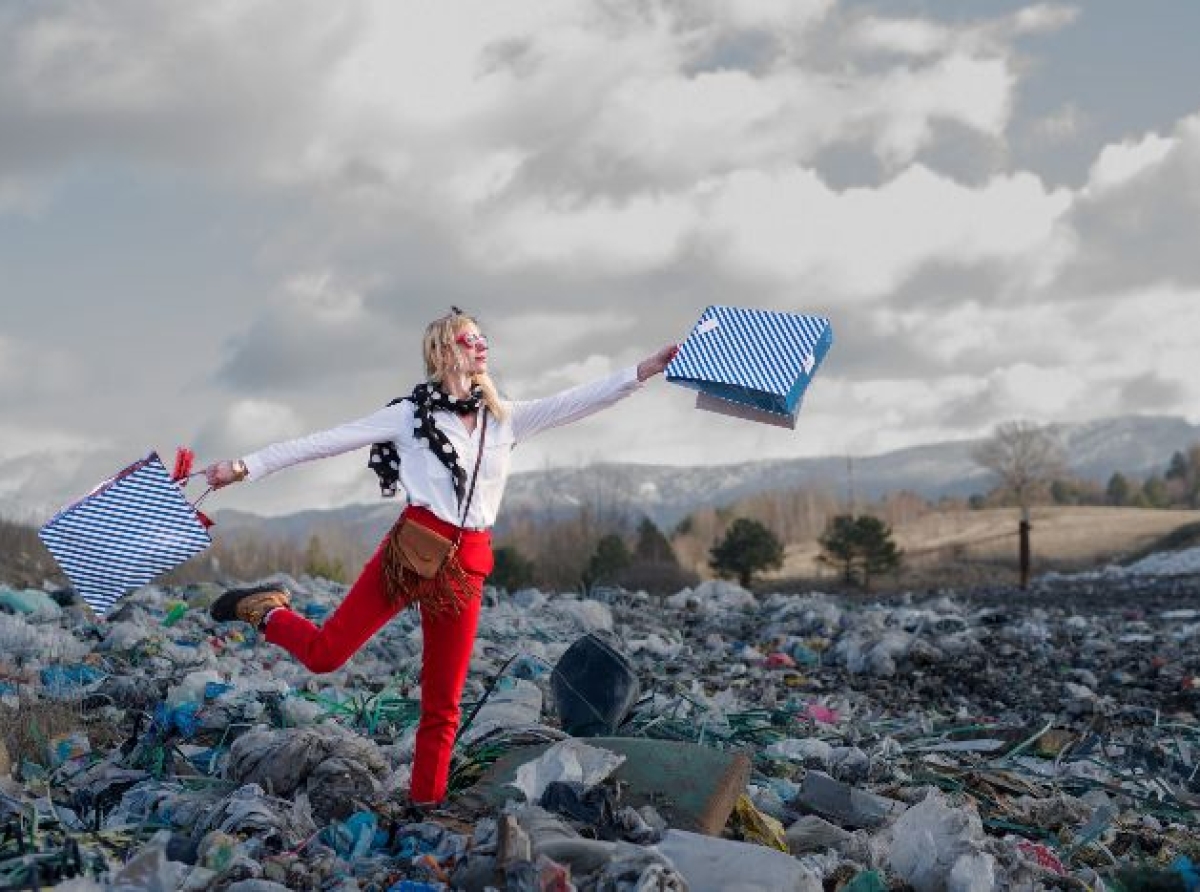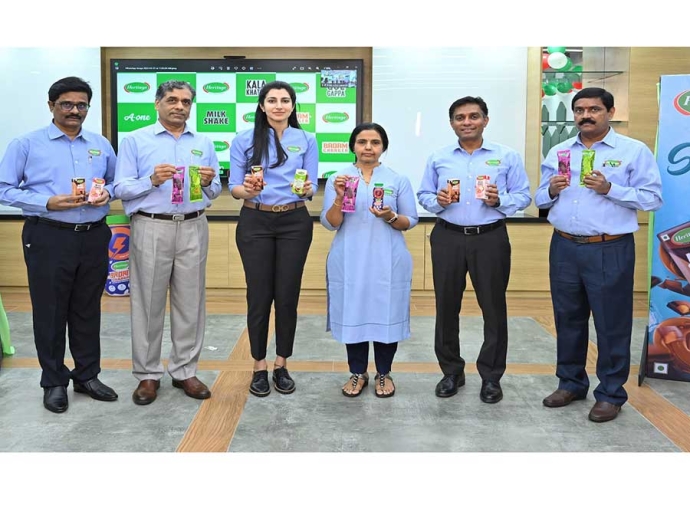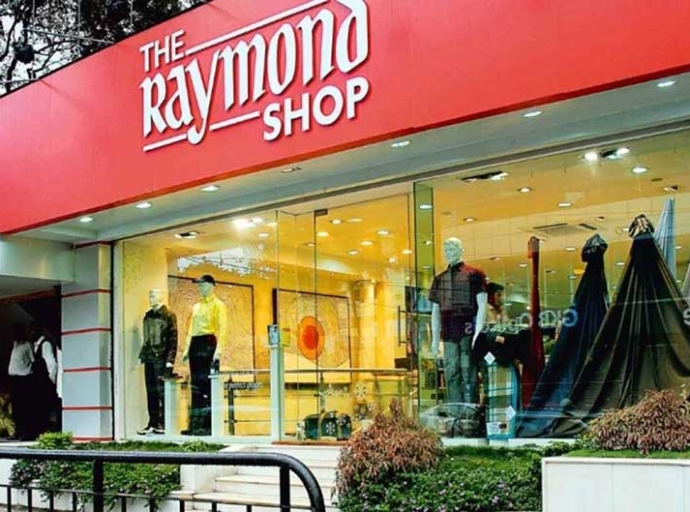28 September 2022, Mumbai:
Sustainable is fashionable. Sustainability is attainable. Sustainability is achievable. All the above must be sounding like cliché. It is only going to dominate global fashion in the coming decades. The semblance is sustainable fashion is no more aspirational.
Apparel industry pledge
Visibly most of the brands and retailers have in recent years placed on record the steps they are announcing or have been undertaking/planning through the period-making process, supply chains to produce green products and responsible and ethical manufacturing.
There are cases where marquee brands like H&M, Sweden's global retail biggie, and many others have solemnly pledged to lay the road map to seriously cut emissions, plastic use (to be replaced by sustainable recycled products), and water footprint levels by 2030 V/s the current emission levels.
Pulse check
Anecdotally the amount of climate footprint & apparel industry's adverse ecological impact visibly is not showing any significant decline despite all HULLABALOO around underlying aspirational sustainable fashion. A quick anecdote of the latest talked-about global events in recent weeks continues to make a structural case for the same.
Regrettably what is true is the industry is yet to credibly figure out how to align the sacrosanct climate goals with apparel global supply chains and evolving apparel business models.
According to recent UN estimates fashion accounts for 2-8% or thereabouts of the entire world's carbon footprints/emissions.
Debate on Fast Fashion vs. Slow Fashion
Fast fashion is typically mass-produced, low-ticket value articles with a faster turnaround and driven by the motive of efficiency and profitability using the latest AI and ML at its core.
Slow fashion Manufacturers tend to ensure their clothes are eco-friendly, pricier, and hard-wearing so as to check the amount of apparel/clothing that ends up in landfills. Europe is to crack down on fast fashion through proposals to target apparel/clothes at every stage; to make the clothing made and worn reusable, repairable, designed to deliver enduring value, and recyclable.
Buzzword of circulaity
The EU Commission has recently published the EU Strategy for Sustainable and Circular Textiles. This offers the ambitious vision that in only eight years, by 2030, textile products on the EU market will be long-lived, free of hazardous substances, and produced by respecting the environment and social rights.
The vision is for consumers to benefit from high-quality affordable textiles; for fast fashion to be out of fashion; and for producers to take responsibility for their products along the value chain.
Walk the talk
A simple case of 'More commitment & lesser delivery'. Time is for setting realistic expectations. There is a clear-cut need for transparency & traceability going forward. Harping on this phenomenon; Transparency deals holistically overseeing the supply chain/mapping, whilst traceability dwells on broken down units or so to say POs (Purchase Orders), etc as one moves ahead along the value chain journey.
According to one of the BSR, sustainable consulting companies paper," The sector is at a juncture where there is a belated sense of realization with many of this sector company that, they have a situation that appears irreconcilable. The factors like degrowth and alternative models to growth are clearly something the sector frets about".
The theme is what brands put on the table; What is been wishfully aspired for and been aimed at where there is a lot of unanimity amongst climate scientists/experts/global trade observers is that say in between today (As it is never too late for doing things right) and 2050 (GHGs) greenhouse gas emissions, it is business imperative and the dire need that ill gas emission has to be reduced by 80% as we don't have the luxury of the time anymore and, building blocks have already been set in place (Y-O-Y/year-on-year by around 4% or thereabouts relentlessly from 2010 onwards)
Latest Publications


































